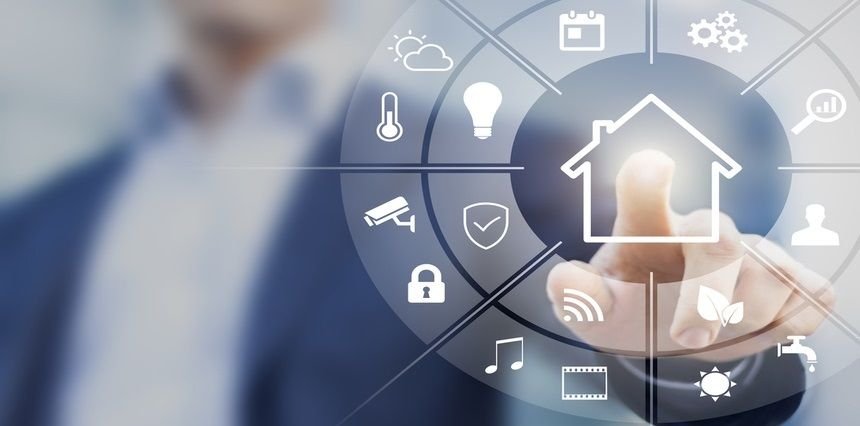In today’s rapidly evolving digital age, the concept of a smart home has emerged as a revolutionary trend that is transforming the way we live, work, and interact with our surroundings. The integration of cutting-edge technology into various aspects of our daily lives has paved the way for a new era of convenience, comfort, and efficiency, and the field of interior design is no exception.
Gone are the days when homes were solely defined by their physical structures and static features. Now, technology has become an integral part of our living spaces, empowering us to create personalized and intelligent environments that cater to our individual needs and preferences. The rise of smart homes is not simply a fleeting trend, but a paradigm shift in the way we approach interior design, as it holds the potential to revolutionize our homes’ functionality, aesthetics, and overall quality of life.
The Evolution of Smart Homes:
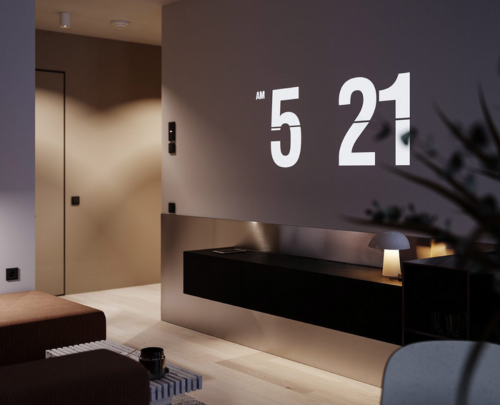
The notion of a smart home has its roots in the early 20th century, a time when basic electrical appliances like refrigerators and vacuum cleaners were pioneering examples of automation. Nevertheless, the real surge in smart homes has occurred in the past decade, driven by remarkable innovations in connectivity, artificial intelligence (AI), and the Internet of Things (IoT). These advancements have facilitated effortless communication between an array of devices. For instance, homeowners can now remotely adjust their thermostat settings using a smartphone app or instruct their voice-activated assistant to dim the lights, creating an atmosphere that suits their preferences.
Integration of Technology in Interior Design:
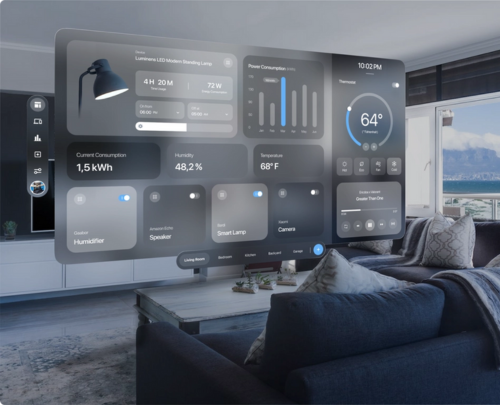
Cutting-edge technology has seamlessly integrated itself into every facet of interior design, penetrating even the most basic elements. This technological revolution has also extended its influence to more intricate components, like Zebronics entertainment systems, solidifying home automation as an indispensable part of contemporary interior design. For instance, Syska lighting systems can dynamically adjust their brightness and colour to suit the time of day or individual preferences, creating the perfect ambience for any occasion. In the realm of climate control, Havells smart thermostats, known for their efficiency and user comfort, are leading the charge. And for those placing a premium on security, Indian brands like Godrej with their smart locks and surveillance systems offer advanced protection, instilling a profound sense of security and tranquillity in homeowners.
Enhancing Functionality and Efficiency:
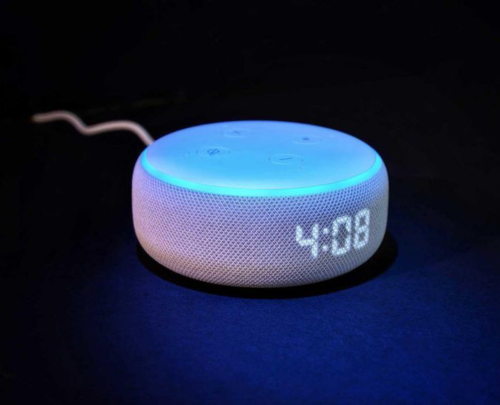
One of the significant advantages of incorporating technology into interior design is the increased functionality and efficiency it offers. Smart home systems can automate routine tasks, making everyday life more convenient. For example, with the help of voice assistants like Amazon’s Alexa or Google Assistant, homeowners can control multiple devices with a simple voice command. This hands-free control extends to appliances, entertainment systems, and even window coverings. Moreover, the ability to monitor and adjust energy usage through smart systems promotes sustainability and reduces utility costs.
Aesthetics and Personalization:
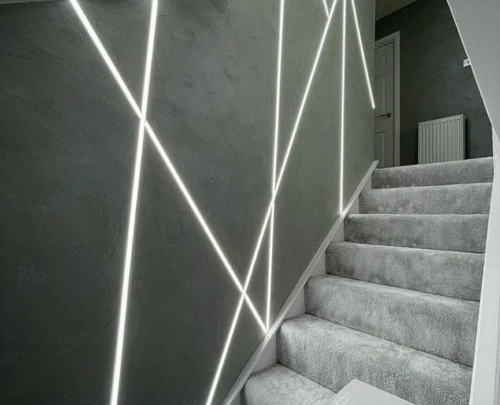
Technology not only improves the functionality of a space but also offers exciting opportunities for aesthetic enhancement and personalization. For instance, programmable LED lighting allows homeowners to create different moods and atmospheres, changing the ambience of a room with the touch of a button. Additionally, smart mirrors equipped with built-in displays can provide real-time information, including weather updates, calendar reminders, and even fitness tracking. Such innovations blend technology seamlessly with interior design, transforming ordinary spaces into visually captivating and interactive environments.
Challenges and Considerations:
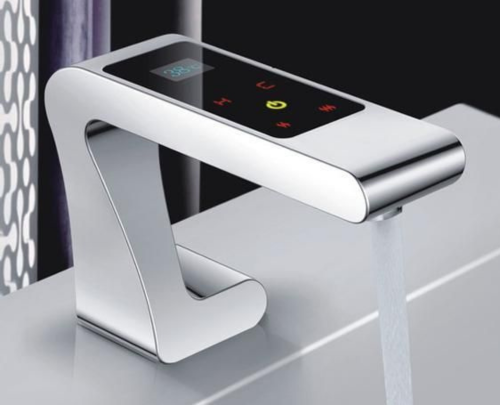
While the integration of technology in interior design brings numerous benefits, it is essential to consider the challenges that accompany this trend. One significant concern is privacy and data security. With an increasing number of devices connected to the internet, there is a potential risk of unauthorized access and data breaches. Designers and homeowners must prioritize robust security measures to protect personal information and maintain a safe living environment.
Impact on Smart People

The rise of technology in interior design not only influences our physical surroundings but also impacts the people who inhabit these smart homes. Smart homes enable individuals to lead more connected lives, with easy access to information, communication, and entertainment. These technologies promote a sense of empowerment, independence, and convenience for all, including older adults and individuals with disabilities. However, it is crucial to strike a balance between technology and human interaction to prevent over-reliance on automation and maintain meaningful connections with the physical environment and one another.
As smart home technology continues to advance at a rapid pace, it holds the promise of an even more exciting future. With the advent of artificial intelligence and machine learning, smart homes will become increasingly intuitive and adaptive, learning from our behaviours and preferences to further optimize our living experiences. Imagine a home that not only responds to your commands but also anticipates your needs, adjusts the environment to enhance your mood, and actively works towards optimizing energy consumption and reducing environmental impact.
This rise of smart homes represents a remarkable convergence of technology and interior design. It has not only transformed the way we live but has also opened up new possibilities for creating living spaces that are functional, aesthetically pleasing, and personalized to our individual preferences. As smart home technology continues to evolve, it will undoubtedly redefine the concept of home, providing us with a new level of comfort, convenience, and sophistication in the ever-expanding digital landscape.

